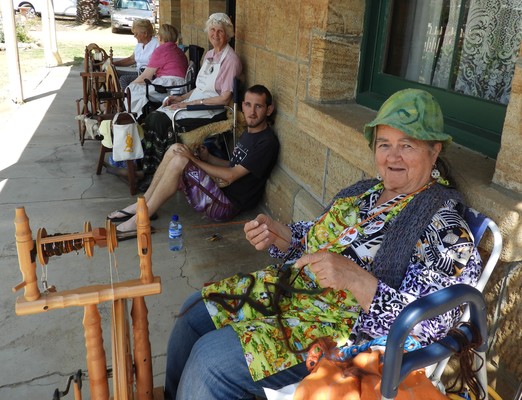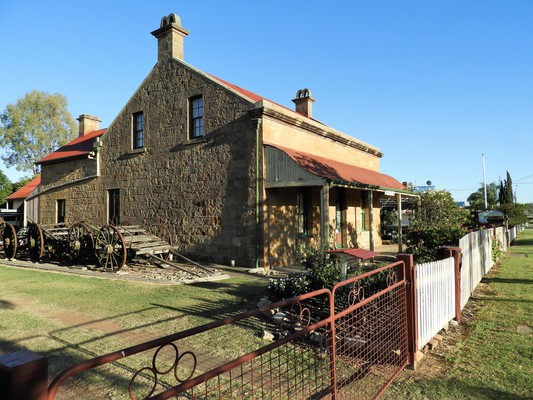A large attendance on 28 September 1966 at Scots College ensured that there was wide support for the formation of a Warwick and District Historical Society.
Acting chairman Bill Wynn obtained nominations for formal office-bearers and the society was established.
Many items of historical interest were made available but storage would prove to be an ongoing problem, with temporary accommodation found in the clocktower of Scots College and in part of the SGIO building in Palmerin Street. Many items however were privately stored until a more permanent home could be arranged.
The Warwick City Council offered a building in Fitzroy Street which was originally moved from Canning Downs where it had served as an overseers cottage. Although preparations were made to transform this to a museum, it was never to eventuate at that location. Society minutes reveal Pringle Cottage (unoccupied at the time) attracted the attention of members, and the opportunity to rent was mooted. It was offered to the society to purchase by owner and keen society member Mrs Annie Rowland in 1967.
Limited financial resources prevented them buying the cottage outright, but an agreement was reached with a three-year lease drawn up with the society paying annual rates and other ongoing charges.
It is from this point the historical society has not looked back.
Pringle Cottage, so named to commemorate Mrs FS and Miss FHM Pringle who conducted Milton College in the building, then known as Mount View, between July 1898 and June 1902. The exact start of the building date is unknown but believed to be the early 1860s. Mr John McCulloch, a Scottish stonemason, built the cottage from local sandstone. Mr McCulloch was born in Flemington Inverness, in 1832 and arrived in Melbourne in 1854, moving to Warwick in 1862 to establish his stonemason’s business on the corner of Wood and Dragon streets and it is presumed he built Pringle Cottage as his main residence shortly after. In his time he built the courthouse (1886) town hall (1888) and convent (1892) which are still utilised and beautiful examples of architecture from that period.
Pringle Cottage was first opened to the public on Saturday 26 October 1968 on the occasion of the spring festival and rodeo weekend. It attracted 269 people and was an encouraging boost to the finances.
Every inch of Pringle Cottage was utilised for display purposes during the initial lease period.
The building was again offered to the society by Mrs Rowland and a deposit of $1000 was made in 1971 and a final payment made on 30 September 1973. Financed mainly from admission charges, the Warwick Historical Society had found their home. Unfortunately Mrs Rowland passed away in December 1970 and through complications in the winding up of her estate the original deeds have (if they still exist) not been handed over, therefore the exact age of building is still unknown.
The official opening was with Mr John Herbert MLA Minister for Tourism performing the ceremony on Saturday 23 October 1971. Despite afternoon showers, the day was supported by the general public and local organisations. Mr Herbert MLA and Mr Connolly signed a dedication to Annie Eleanor Rowland: ‘A true citizen of Warwick whose enthusiasm and generosity made it possible for the establishment of Pringle Cottage as Warwick Historical Museum’.
Get the latest news to your email inbox FREE!
REGISTER







